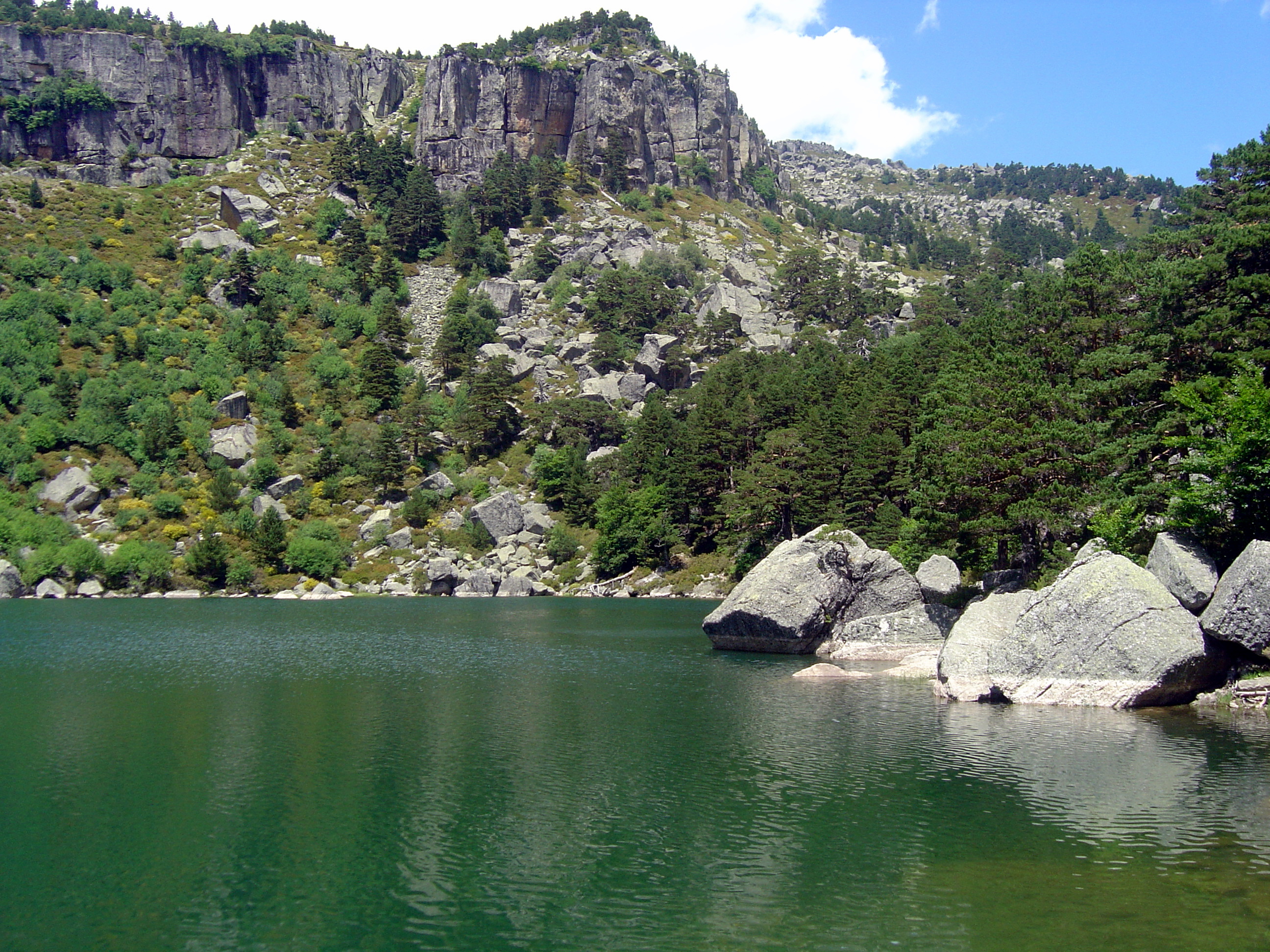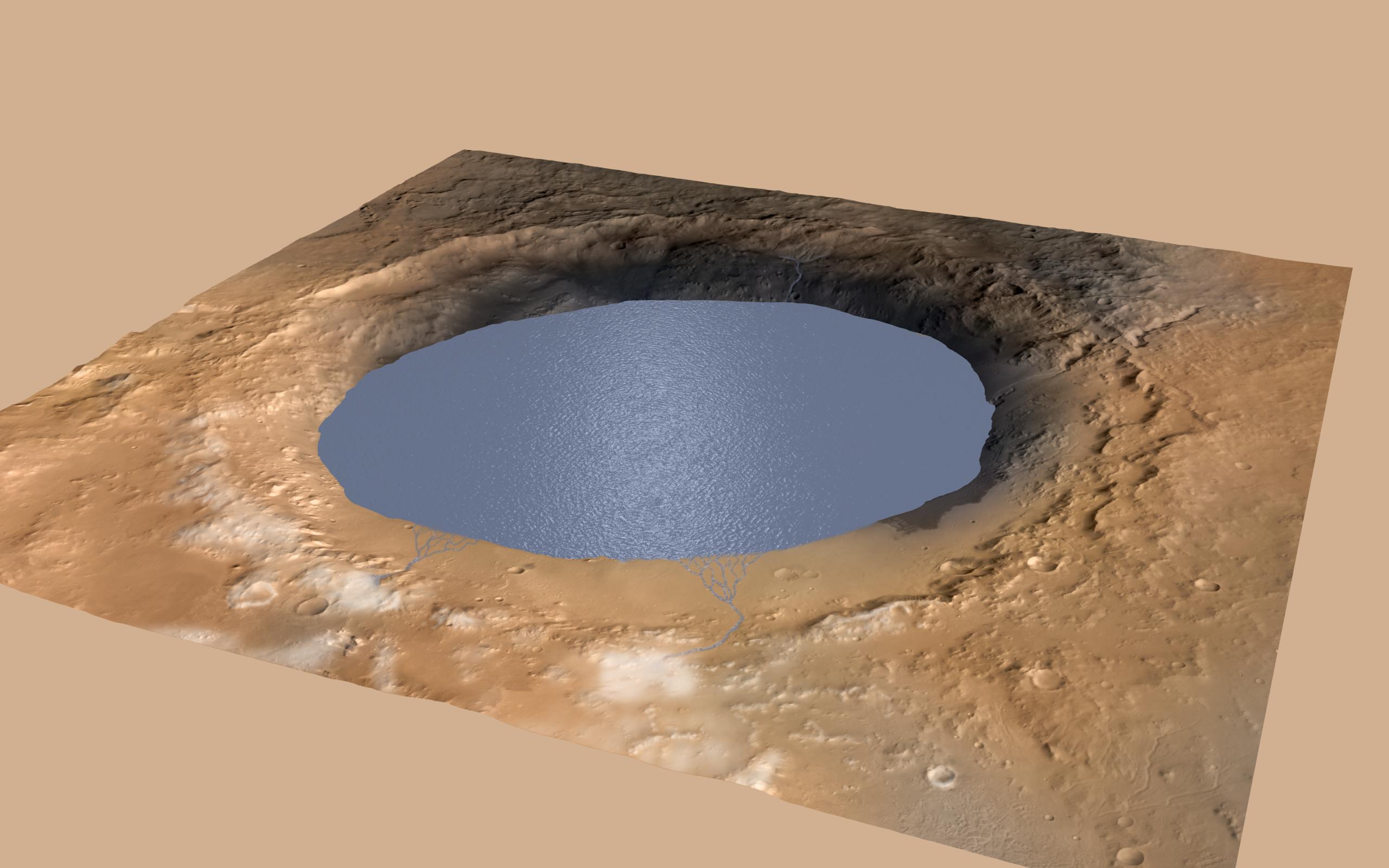How Glacial Biomarkers Can Hone the Search for Extraterrestrial Life

Detecting biomarkers in glacial lakes on Earth could pave the way for astrobiologists to detect evidence for life on other worlds, and also unravel the properties of the environments in which that life lived.
High in the Andes Mountains in Chile, unrelenting ultraviolet (UV) radiation blasts the nutrient-poor waters of Laguna Negra and Lo Encañado, two lakes fed by rapidly melting glaciers. In this hostile and remote environment, researchers are trialing life-detection technology to see if we can use it on other planets.
Understanding these lake systems will help scientists to interpret biomarkers in ancient lakes both on Earth or other planets. Although the organisms themselves are long dead, the traces and history of their deaths are encoded in the biomolecules that litter the lakes' sediments. [6 Most Likely Places for Alien Life in the Solar System]
The implications of these biomolecules extend far beyond the boundaries of these lakes: they could help scientists to recreate the evolutionary history of extraterrestrial life. The scientists' findings were described in a recent article in Astrobiology.
"Once a microbe dies, different physiochemical factors – such as humidity, temperature, oxygen, or the presence of metals – affect the degradation or chemical alteration of its structures and molecular components," says lead author Victor Parro, based at the Centro de Astrobiología, in Madrid, Spain.
Certain biomarkers are characteristic of certain groups of microbes and even particular metabolisms, he says. "From this information it is possible to infer what the environment where they developed was like."
Get the Space.com Newsletter
Breaking space news, the latest updates on rocket launches, skywatching events and more!
Crater lakes
In the Andes, this can tell us about the paleoclimate of the mountains and their rapidly thawing glaciers. But it could possibly unravel the geochemical and atmospheric histories of other worlds, such as Mars and Saturn's moon Titan.
"These high-altitude lakes in the Andes mountains are interesting for astrobiology because they are exposed to high levels of ultraviolet radiation," says Lewis Dartnell, an astrobiologist at the University of Westminster, in London, who was not involved in the research. "Understanding how microbial life in the lake copes with these UV levels is important for the search for life beyond Earth – on Mars, for example, where there are believed to have once been crater lakes but also very high UV levels. "
The researchers used a Life Detector Chip (LDChip) to hunt for these fragments of life. An LDChip is a biosensor that can detect the presence of life (recent or ancient) from protein fragments and other biomolecules.
"An LDChip doesn't need entire living microbes, it just needs biological material, whether it is alive or dead, recent or ancient, free or as part of large polymers or even organo-mineral particles [which are mineral by-products of life]," Parro says. The chip needs between four and ten amino acids to identify the protein or family of proteins that the amino acids came from.

Testing for life in situ
The LDChip is the core of the Spanish Signs Of LIfe Detector (SOLID), an instrument that can liquidize up to two grams of solid rock, soil or ice, which can then be screened for biopolymers.
Importantly, especially when viewed through the lens of astrobiology, it can test for life in situ.
Researchers can treat these extreme environments as proxies for the remote and harsh conditions on other planets, allowing them to test their theories and technologies on Earth. Astrobiologists often view Laguna Negra as a stand-in for the lakes of Titan.
Understanding water, glaciers and ice is a fundamental part of astrobiology. "Ice and glaciers were and are common in other planetary bodies, such as Mars, and they must have played a critical role in the hydrogeology of those planets, the formation and behavior of ancient lakes, as well as in the development and evolution of potential Martian microbiology," says Parro.
In their study, Parro's team investigated the shallow sediments of the lakes. They reported the presence of sulphate-reducing bacteria, methanogenic (methane producing) archaea, and exopolymeric substances (polymers, such as biofilms, secreted by organisms) from Gammaproteobacteria.
Proof of life
Don Cowan, a professor of microbial ecology at the University of Pretoria, in South Africa, says that their presence is unsurprising and "just what one would expect in a glacial lake sediment".
Asked if they were significant biomarkers, he says that "All are important, in a general sense, in that identification of any of these biomarkers (which are examples of many possible biomarkers) in an 'astrobiological' sample, such as from Mars, would be definitive evidence of life."
A library of biomarkers is the next step in Parro's research. "We need further studies and understanding of what biomarkers we can expect to find in different planetary environments," he says. This involves identifying the most universal ones, discovering how they are preserved and how they respond to radiation and other environmental conditions, and then using that information to hone their tests for the presence of life.
The end game is to see the SOLID instrument with its LDChip on extraplanetary missions to test for biomarkers or assist astronauts in biohazard detection. Until then, the researchers plan to deploy it in as many terrestrial environments as they can, from extreme environments to the veterinary sector, Parro says.
This story was provided by Astrobiology Magazine, a web-based publication sponsored by the NASA astrobiology program. This version of the story published on Space.com.
Join our Space Forums to keep talking space on the latest missions, night sky and more! And if you have a news tip, correction or comment, let us know at: community@space.com.
Sarah is a former contributor for Space.com and Live Science in the areas of human spaceflight, science, fertility, and search for life. She's the author of "Searching African Skies: The Square Kilometre Array", "Innovation: Shaping South Africa through Science" and "South Africa's Quest to Hear the Songs of the Stars." Wild was the winner of the Siemens pan-African Profile Awards for science journalism in 2013 and received the Dow Technology and Innovation Reporting award in 2015.










